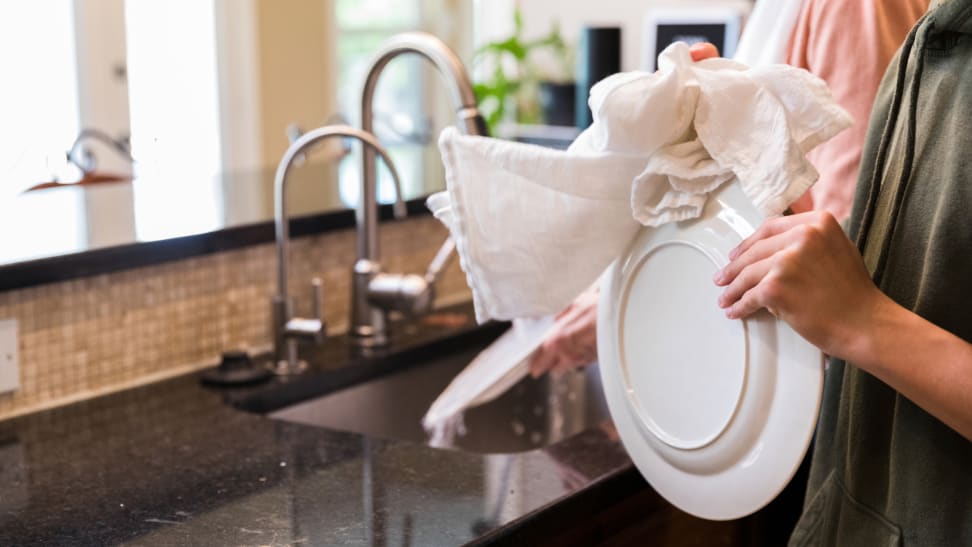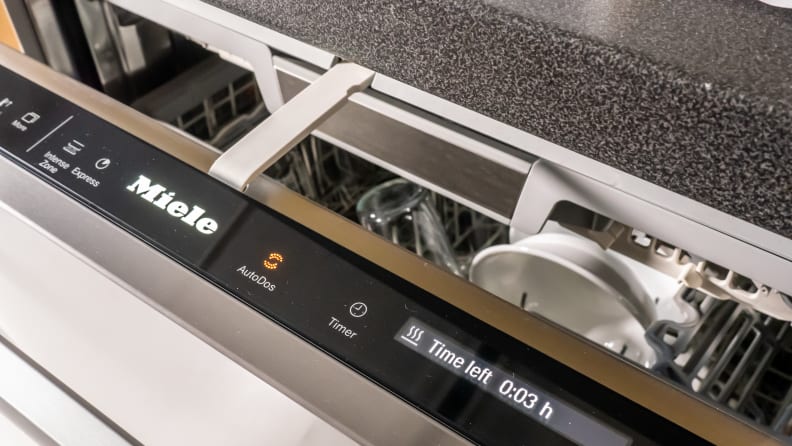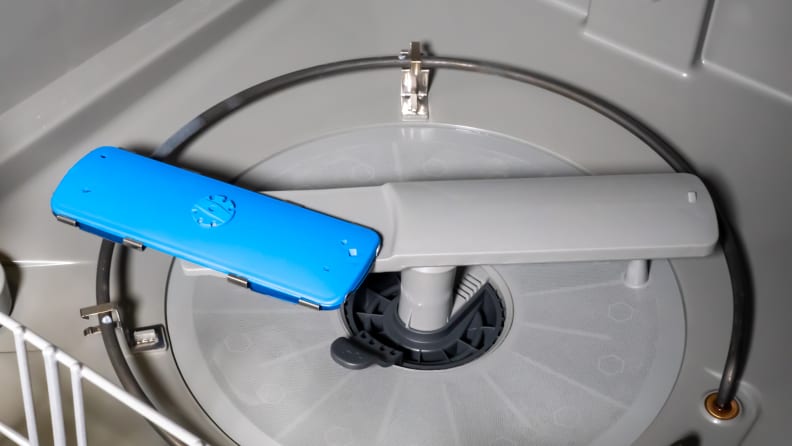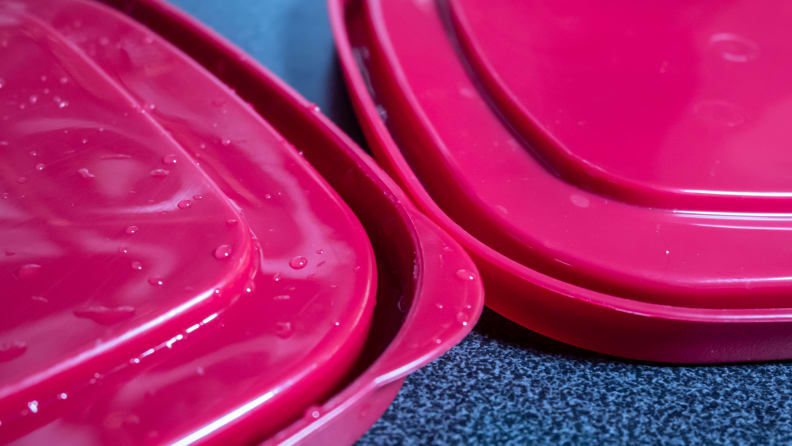 — Recommendations are independently chosen by Reviewed’s editors. Purchases you make through our links may earn us a commission.
— Recommendations are independently chosen by Reviewed’s editors. Purchases you make through our links may earn us a commission.A good dishwasher cleans your dishes. A great dishwasher dries them, too.
But when it comes to drying dishes, it’s not as simple as it sounds, and not all dishwashers are created equal. In fact, appliance manufacturers employ four major drying technologies to get your dishes droplet-free, and we’ve encountered all of them in our decade-long history of testing dishwashers.
Why having a dishwasher that dries dishes matters
While it may seem kind of silly to harp on about how dishwashers dry a plate when you can wipe it down with a cloth—although not just as easily—there are some really practical reasons why you should pay attention to how well your dishwasher dries dishes—especially when it comes time to buy a new one.
Generally speaking, the technology that your dishwasher uses to dry dishes after a wash cycle can affect both your health and your wallet.
For example, if you’re the type of person that uses a dishwasher to clean plastic toys, humidifier tanks, or teething rings, it’s in your best interest that these items get completely dry, inside and out.
Water that gets trapped inside, where a cloth can’t easily reach, can result in mold and mildew. And, let’s face it, when an item gets moldy, the best option is often to throw the item out and buy another one. Which also costs you money.
Method 1: Evaporation

Certain Miele dishwashers pop open automatically after a cycle finishes, allowing moisture to escape.
We reckon that air drying is the most eco-friendly method for drying dishes. Dishwasher models like the Miele G 7566 SCVi SF use a mechanical arm to pop open the dishwasher’s door after a wash cycle finishes, allowing trapped moisture to escape.
If you don’t have a dishwasher that pops open automatically, you can do this yourself. The trick, though, is to do so right after the cycle finishes, because hot water on hot dishes evaporates more quickly.
While this method uses almost no electricity, it does tend to take a longer amount of time for dishes to dry, and it rarely results in perfectly dry dishes across the board.
Method 2: Electric heating element

Most entry-level dishwashers use a metal coil that produces heat to dry dishes.
Dishwashers that use an electric heating element are very common—the most common method we’ve seen.
Here’s how it works: An electric coil, similar to one you’d find on a stove, produces heat to dry dishes. The advantage of this is that it’s simple and doesn’t require any fancy engineering. We most often see this technology on entry-level dishwashers like the Whirlpool WDT710PAHZ and the Frigidaire FGIP2468UF.
However, we’ve found two disadvantages to electric heating elements. The first is that since all the heat is coming from one source, it greatly favors the bottom rack, which means that dishes on the bottom get more dry, while dishes on the top or third-racks may stay damp. Second, if anything plastic gets dislodged and falls onto the element, it can melt. To avoid a messy clean-up, we’d suggest securing plastic items on the upper racks.
Method 3: Heated air dry

Higher-end GE dishwashers like the Cafe CDT875M5NS5 use a series of fans to dry dishes.
Heated air dry systems in dishwashers combine a heating element with a fan. The element heats the air, and a series of fans and vents ensure even distribution. This helps make sure plates and bowls on all the racks get dry.
When we tested the GE CDT875M5NS5, which uses the heated air-dry method, our place settings, flatware, and serving utensils came out cupboard ready. However, Tupperware still proved an issue in some cases.
Method 4: Zeolite

Bosch's CrstyalDry feature can even deal with plastics.
The mineral zeolite produces heat when it comes in contact with water. Of all the drying methods we’ve encountered while lab-testing dishwashers, zeolite comes out on top as the best and most effective.
We tried out this technology on the Bosch SHPM88Z75N, which the brand calls CrystalDry and includes in its 800 Series, and it dried everything, including Tupperware—lids, lips, and interiors.
If you really dread towel-drying dishes or worry about moisture build-up in items you put in the dishwasher, you should check out a dishwasher that utilizes zeolite.
The product experts at Reviewed have all your shopping needs covered. Follow Reviewed on Facebook, Twitter, and Instagram for the latest deals, product reviews, and more.
Prices were accurate at the time this article was published but may change over time.
